All around Meta’s Menlo Park campus, cameras stared at me. I’m not talking about security cameras or my fellow reporters’ DSLRs. I’m not even talking about smartphones. I mean Ray-Ban and Meta’s smart glasses, which Meta hopes we’ll all — one day, in some form — wear.
Technology
Welcome to Meta’s future, where everyone wears cameras
/cdn.vox-cdn.com/uploads/chorus_asset/file/25637464/247282_Meta_Ray_Ban_ltd_edition_VPavic_0005.jpg)
I visited Meta for this year’s Connect conference, where just about every hardware product involved cameras. They’re on the Ray-Ban Meta smart glasses that got a software update, the new Quest 3S virtual reality headset, and Meta’s prototype Orion AR glasses. Orion is what Meta calls a “time machine”: a functioning example of what full-fledged AR could look like, years before it will be consumer-ready.
But on Meta’s campus, at least, the Ray-Bans were already everywhere. It was a different kind of time machine: a glimpse into CEO Mark Zuckerberg’s future world where glasses are the new phones.
I’m conflicted about it.
Meta really wants to put cameras on your face. The glasses, which follow 2021’s Ray-Ban Stories, are apparently making inroads on that front, as Zuckerberg told The Verge sales are going “very well.” They aren’t full-fledged AR glasses since they have no screen to display information, though they’re becoming more powerful with AI features. But they’re perfect for what the whole Meta empire is built on: encouraging people to share their lives online.
The glasses come in a variety of classic Ray-Ban styles, but for now, it’s obvious users aren’t just wearing glasses. As I wandered the campus, I spotted the telltale signs on person after person: two prominent circle cutouts at the edges of their glasses, one for a 12MP ultrawide camera and the other for an indicator light.
This light flashes when a user is taking photos and videos, and it’s generally visible even in sunlight. In theory, that should have put my mind at ease: if the light wasn’t on, I could trust nobody was capturing footage of me tucking into some lunch before my meetings.
But as I talked with people around campus, I was always slightly on edge. I found myself keenly aware of those circles, checking to see if somebody was filming me when I wasn’t paying attention. The mere potential of a recording would distract me from conversations, inserting a low hum of background anxiety.
When I put a pair on for myself, the situation changed
Then, when I put a pair on for myself, the situation suddenly changed. As a potential target of recording, I’d been hesitant, worried I might be photographed or filmed as a byproduct of making polite eye contact. With the glasses on my own face, though, I felt that I should be recording more. There’s something really compelling about the experience of a camera right at the level of your eyes. By just pressing a button on the glasses, I could take a photo or video of anything I was seeing at exactly the angle I was seeing it. No awkward fumble of pulling out my phone and hoping the moment lasted. There might be no better way to share my reality with other people.
Meta’s smart glasses have been around for a few years now, and I’m hardly the first person — or even the first person at The Verge — to be impressed by them. But this was the first time I’d seen these glasses not as early adopter tech, but as a ubiquitous product like a phone or smartwatch. I got a hint of how this seamless recording would work at scale, and the prospect is both exciting and terrifying.
The camera phone was a revolution in its own right, and we’re still grappling with its social effects. Nearly anyone can now document police brutality or capture a fleeting funny moment, but also take creepshots and post them online or (a far lesser offense, to be clear) annoy people at concerts. What will happen when even the minimal friction of pulling a phone out drops away, and billions of people can immediately snap a picture of anything they see?
Personally, I can see how incredibly useful this would be to capture candid photos of my new baby, who is already starting to recognize when a phone is taking a picture of her. But it’s not hard to imagine far more malicious uses. Sure, you might think that we all got used to everyone pointing their phone cameras at everything, but I’m not exactly sure that’s a good thing; I don’t like that there’s a possibility I end up in somebody’s TikTok just because I stepped outside the house. (The rise of sophisticated facial recognition makes the risks even greater.) With ubiquitous glasses-equipped cameras, I feel like there’s an even greater possibility that my face shows up somewhere on the internet without my permission.
There are also clear risks to integrating cameras into what is, for many people, a nonnegotiable vision aid. If you already wear glasses and switch to prescription smart glasses, you’ll either have to carry a low-tech backup or accept that they’ll stay on in some potentially very awkward places, like a public bathroom. The current Ray-Ban Meta glasses are largely sunglasses, so they’re probably not most people’s primary set. But you can get them with clear and transition lenses, and I bet Meta would like to market them more as everyday specs.
Of course, there’s no guarantee most people will buy them. The Ray-Ban Meta glasses are pretty good gadgets now, but I was at Meta’s campus meeting Meta employees to preview Meta hardware for a Meta event. It’s not surprising Meta’s latest hardware was commonplace, and it doesn’t necessarily tell us much about what people outside that world want.
Camera glasses have been just over the horizon for years now. Remember how magical I said taking pictures of what’s right in front of your eyes is? My former colleague Sean O’Kane relayed almost the exact same experience with Snap Spectacles back in 2016.
But Meta is the first company to make a credible play for mainstream acceptance. They’re a lot of fun — and that’s what scares me a little.

Technology
Graphic artists in China push back on AI and its averaging effect

Sendi Jia, a designer running her own studio between Beijing, China, and London, England, says she mainly uses AI generators like DALL-E to make fake photos for background panels or websites when her clients don’t have access to real ones. That’s helped clients with limited budgets, but it’s also exposed just how much of the creative process AI can replace. Recently, a potential client working in a university contacted Jia about creating the logo for a new project. Then, they changed their mind. They had used AI to make it, they said.
Chinese graphic artists are rapidly experiencing the impact of image generators on their day-to-day work: the technology enables copycats and profoundly shifts clients’ perception of their work, specifically in terms of how much that work costs and how much time it takes to produce. Freelance artists or designers working in industries with clients that invest in stylized, eye-catching graphics, like advertising, are particularly at risk.
Long before AI image generators became popular, graphic designers at major tech companies and in-house designers for large corporate clients were often instructed by managers to crib aesthetics from competitors or from social media, according to one employee at a major online shopping platform in China, who asked to remain anonymous for fear of retaliation from their employer.
Where a human would need to understand and reverse engineer a distinctive style to recreate it, AI image generators simply create randomized mutations of it. Often, the results will look like obvious copies and include errors, but other graphic designers can then edit them into a final product.
“I think it’d be easier to replace me if I didn’t embrace [AI],” the shopping platform employee says. Early on, as tools like Stable Diffusion and Midjourney became more popular, their colleagues who spoke English well were selected to study AI image generators to increase in-house expertise on how to write successful prompts and identify what types of tasks AI was useful for. Ultimately, it was useful for copying styles from popular artists that, in the past, would take more time to study.
“I think it forces both designers and clients to rethink the value of designers,” Jia says. “Is it just about producing a design? Or is it about consultation, creativity, strategy, direction, and aesthetic?”
“You might get a good result, but there will inevitably be dozens or even hundreds of poor ones … Personally, I see [AI image generators] as more of a toy than a tool.”
At ad agencies, for example, graphic designers work on comprehensive strategies for campaigns, aiming to create iconic, recognizable visual identities across a variety of formats. As such, AI image generators are less useful because they don’t produce anything particularly unique, according to Erbing, a graphic designer in Beijing who has worked with several ad agencies and asked to be called by his nickname.
“Each project faces different problems, and designers are there to solve specific problems, not to create identical visuals,” he says. “Sometimes, the process of thinking through a project takes longer than actually creating the visuals.”
When faced with more complex tasks, AI’s utility dwindles. Image generators are capable of creating many images, but that does not replace the work of understanding what an ad campaign needs to establish a visual identity and communicate what it is the client is selling and why people should buy it. Then, translating those concepts to the AI productively is its own challenge. Among graphic designers in China, there’s a joke that using an AI image generator is like gacha, referring to addictive games where users spend money to receive randomized items and find out what they won.
“You might get a good result, but there will inevitably be dozens or even hundreds of poor ones,” Erbing says. “Personally, I see [AI image generators] as more of a toy than a tool.”
Across the board, though, artists and designers say that AI hype has negatively impacted clients’ view of their work’s value. Now, clients expect a graphic designer to produce work on a shorter timeframe and for less money, which also has its own averaging impact, lowering the ceiling for what designers can deliver. As clients lower budgets and squish timelines, the quality of the designers’ output decreases.
“There is now a significant misperception about the workload of designers,” Erbing says. “Some clients think that since AI must have improved efficiency, they can halve their budget.”
But this perception runs contrary to what designers spend the majority of their time doing, which is not necessarily just making any image, Erbing says.
Erbing, like other designers, hopes AI image generators can become more useful to graphic designers in the future, and notes that people’s perception of their usefulness outpaces their actual application. In the meanwhile, it is twisting the clients’ view of the usefulness of the artists themselves.
Technology
Effortless golf with AI smart caddie that follows you

NEWYou can now listen to Fox News articles!
If you’ve ever found yourself juggling clubs, bags and gear while trying to keep your focus on your golf game, the Robera Neo might just be the solution you didn’t know you needed.
This AI-powered smart caddie is designed to follow you around the course, carrying your clubs effortlessly and freeing you up to concentrate on your swing. It’s not just another electric cart; it’s a great blend of technology that learns your movements, navigates the course and even offers swing analysis if you opt for the premium model.
Sign up for my FREE CyberGuy Report
Get my best tech tips, urgent security alerts and exclusive deals delivered straight to your inbox. Plus, you’ll get instant access to my Ultimate Scam Survival Guide — free when you join.
AI TENNIS ROBOT COACH BRINGS PROFESSIONAL TRAINING TO PLAYERS
Robera Neo AI-powered smart caddie (Robera)
What makes the Robera Neo different from other golf caddies?
The Robera Neo stands out because it doesn’t require you to steer it or use a remote control. Thanks to its advanced time-of-flight camera and artificial intelligence, it recognizes you and follows you automatically. This means no more fumbling with controls or worrying about obstacles like trees or bunkers.
The Neo uses GPS to map out the course, so it knows the best path to take, saving you time and energy as you move from hole to hole.
WHAT IS ARTIFICIAL INTELLIGENCE (AI)?

Robera Neo AI-powered smart caddie (Robera)
AI TENNIS ROBOT COACH OFFERS PRO-LEVEL TRAINING ANYTIME, ANYWHERE
How does gesture control and smart navigation work?
One of the coolest things about the Neo is how naturally it responds to you. A simple wave of your hand tells it to start following or to stop, so you don’t have to break your focus or reach for a remote. It’s like having a caddie who just gets you.
Plus, with multi-frequency GPS, the Neo can access thousands of course maps and navigate with ease. You can even tell it where to go by tapping on your phone or using voice commands, and it will get there ahead of you, ready with your clubs in tow.
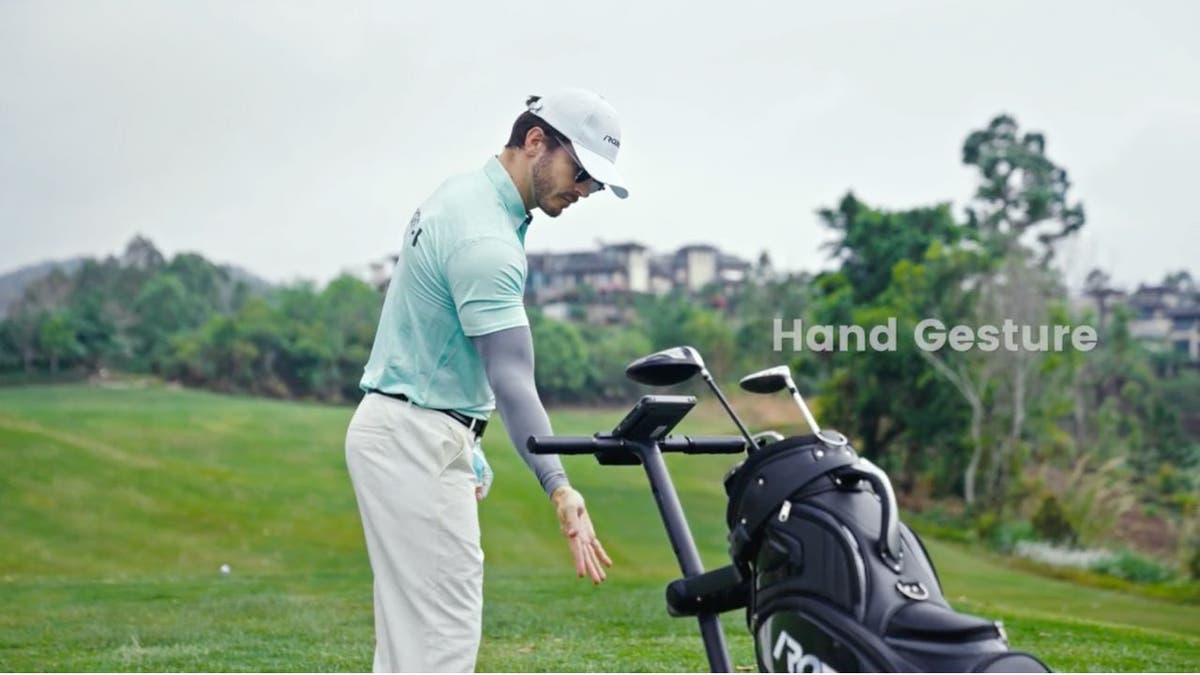
Robera Neo AI-powered smart caddie (Robera)
ROBOTS STEP INTO THE RING FOR THE FIRST-EVER BOXING MATCH
Avoiding obstacles and planning efficient routes
The Neo doesn’t just blindly follow you. It’s smart enough to spot obstacles and plan around them. Whether it’s a tree, a bunker or a water hazard, the caddie charts a safe and efficient path. After you hit your ball, you mark its new location on the GPS map, and the Neo calculates the best way to get to you. This smart routing can save up to a third of the battery’s power, so you can keep playing without worrying about running out of juice.
HOW TO LOWER YOUR CAR INSURANCE COSTS IN 2025

Robera Neo AI-powered smart caddie (Robera)
NEW MOBILE ROBOT HELPS SENIORS WALK SAFELY AND PREVENT FALLS
Remote summon and handling tough terrain
Ever lost sight of your cart? With the Robera Neo, you can summon it from up to 328 feet away. It will navigate tricky terrain and come find you with no problem. And if your course has hills, the Neo can handle slopes of up to 25 degrees, so it won’t leave you hanging when the going gets steep.
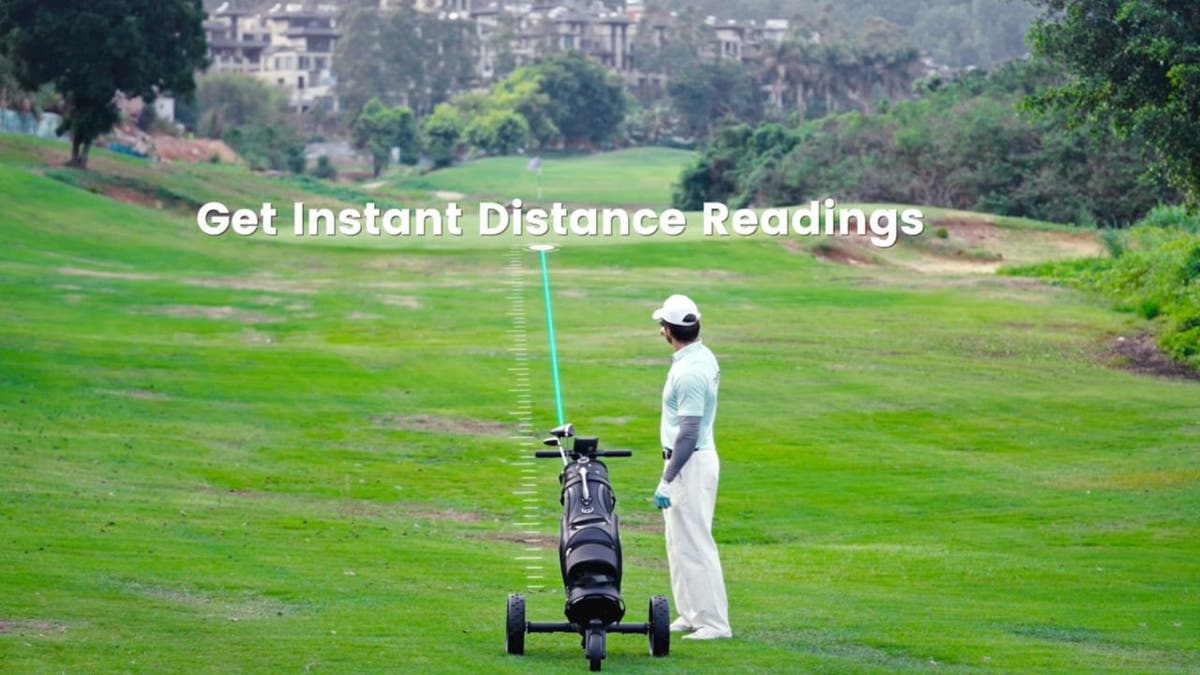
Robera Neo AI-powered smart caddie (Robera)
BEST EARLY AMAZON PRIME DAY 2025 DEALS
Lightweight, durable and ready for any weather
The Neo is built to be lightweight and durable, making it easy to carry and tough enough for any weather conditions. Weighing in at under 33 pounds, it folds up for simple transport and storage. Its waterproof rating ensures that rain won’t slow you down, so you can keep playing no matter the weather.
Battery life is impressive; the standard model will last for about 27 holes, while the premium Tablet model can handle 36 holes or up to eight hours on a single charge. When it’s time to recharge, fast charging gets you back on the course in about four and a half hours.
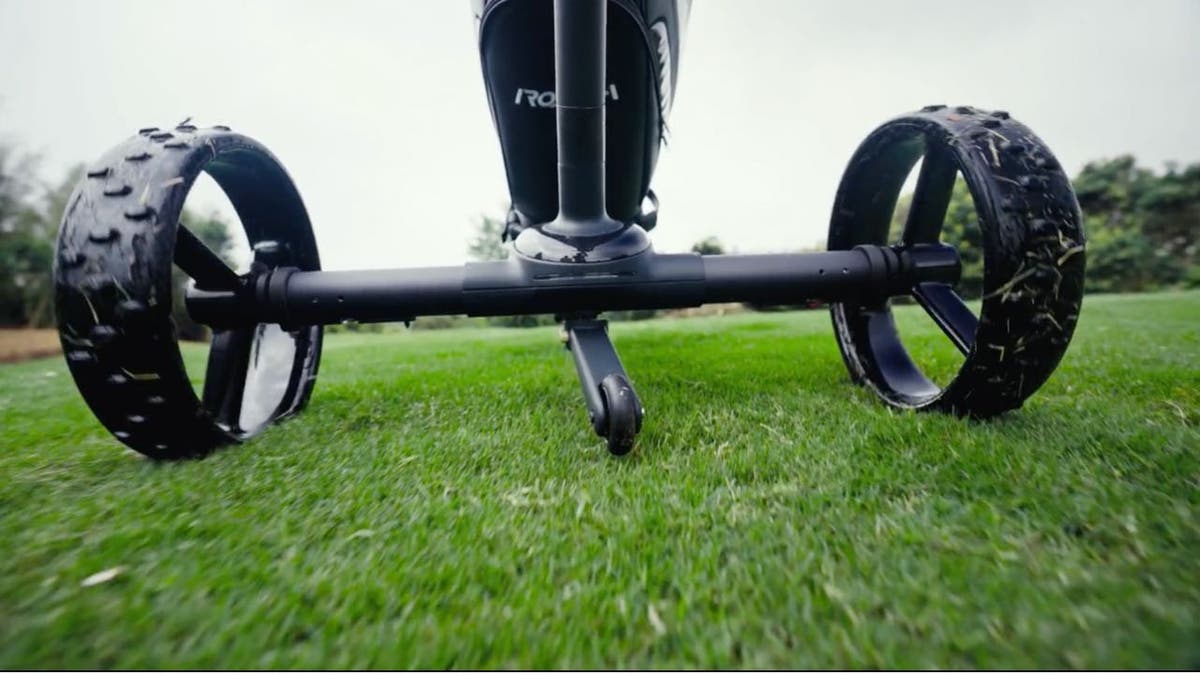
Robera Neo AI-powered smart caddie (Robera)
BEST MISTING FANS TO STAY COOL IN THE HEAT
Features for every type of golfer
If you just want a smart caddie that follows you and navigates the course, the Robera Neo Vision model has you covered, complete with a handy app for real-time updates and notifications. For those who want a little extra, the Neo Tablet model adds a bright touchscreen and a built-in camera that analyzes your swing, giving you instant feedback to help improve your game as you play.
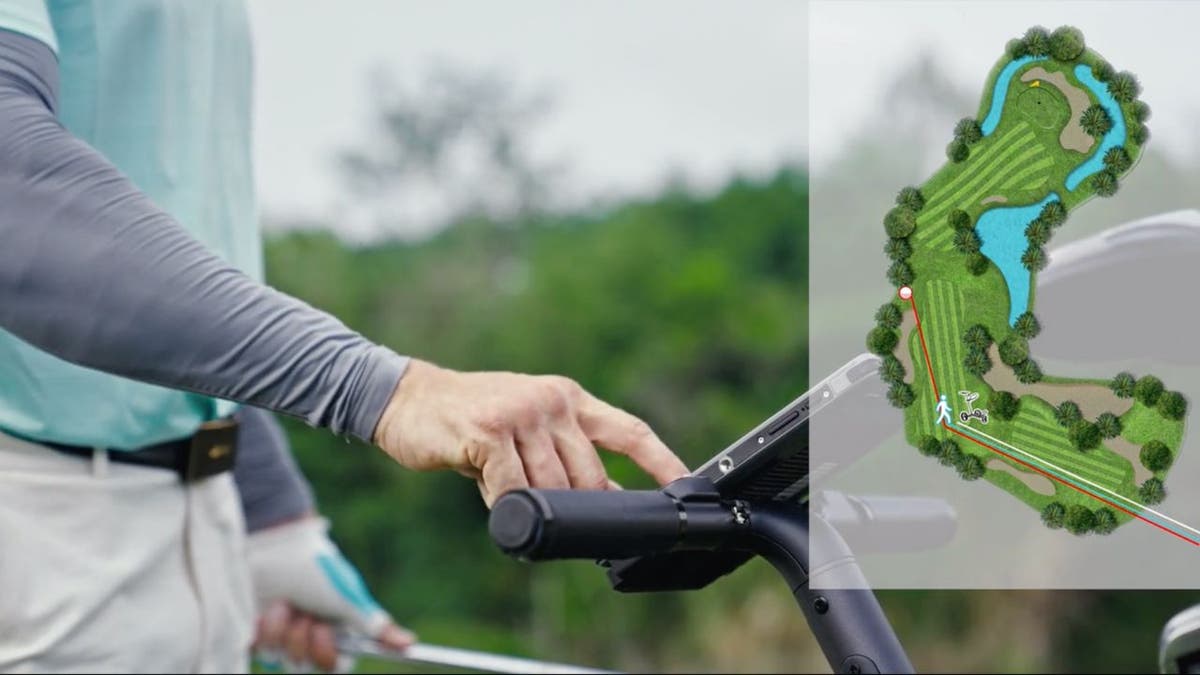
Robera Neo AI-powered smart caddie (Robera)
HOW TO KEEP YOUR DOG SAFE AND COOL IN HOT WEATHER
Solutions for golf courses and commercial use
Golf courses can benefit from the Neo Drive version, which offers precise full-course navigation and a web-based management system. This lets operators monitor carts in real time, dispatch them remotely and set virtual boundaries to keep things running smoothly. It’s a smart way to manage fleets and enhance the overall player experience.
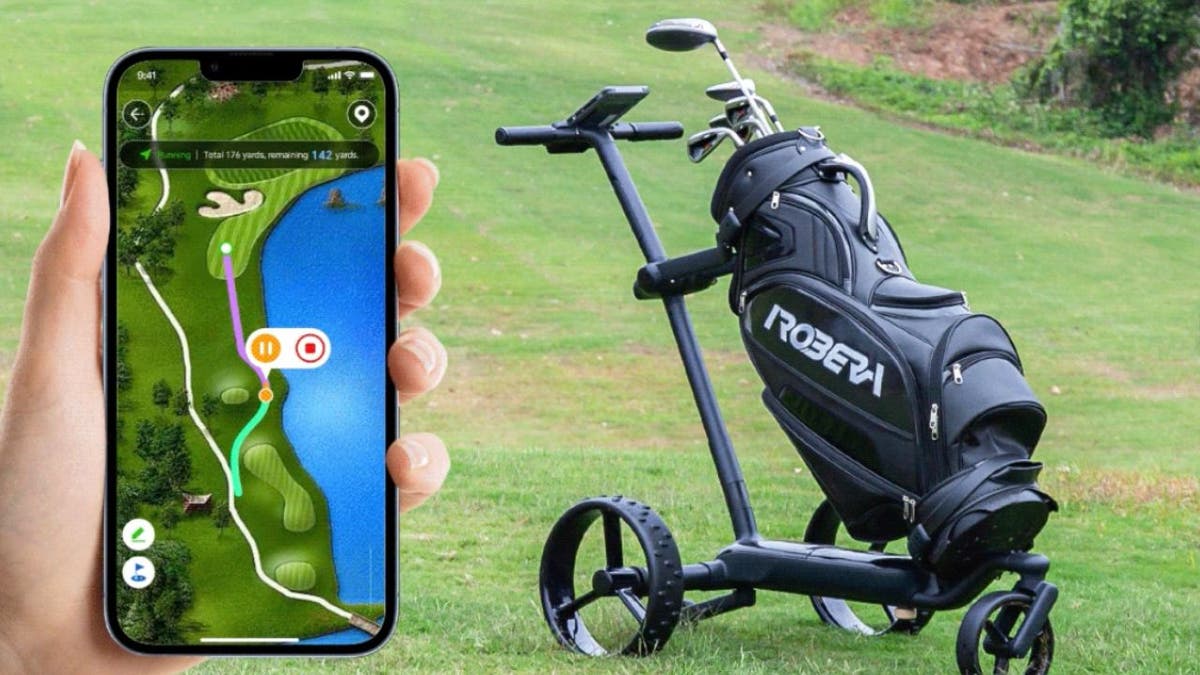
Robera Neo AI-powered smart caddie (Robera)
Pricing and availability
Both the Vision and Tablet models are available at about 40% off through a Kickstarter crowdfunding campaign, priced at $1,799 and $2,399, respectively. Each package includes the caddie, battery, charger and app access, and they come with a two-year manufacturer’s warranty. If all goes as planned, shipping will start in July 2025.
SUBSCRIBE TO KURT’S YOUTUBE CHANNEL FOR QUICK VIDEO TIPS ON HOW TO WORK ALL OF YOUR TECH DEVICES

Robera Neo AI-powered smart caddie (Robera)
Kurt’s key takeaways
The Robera Neo blends smart technology and practical design to create a golf caddie that truly makes your game easier and more enjoyable. Whether you’re a casual player who wants to ditch the heavy lifting or a serious golfer looking for real-time swing feedback and intelligent navigation, the Neo offers features that fit a wide range of needs. While backing a crowdfunding project always involves some risk, the positive response so far suggests this could be a reliable addition to your golf gear. If you’re ready to focus on your game and let your caddy do the heavy work, the Robera Neo is ready to follow you every step of the way.
Are you ready to let cutting-edge AI take the weight off your shoulders, or do you prefer sticking with the traditional way of carrying your clubs? Let us know by writing us at Cyberguy.com/Contact
For more of my tech tips and security alerts, subscribe to my free CyberGuy Report Newsletter by heading to Cyberguy.com/Newsletter
Ask Kurt a question or let us know what stories you’d like us to cover
Follow Kurt on his social channels
Answers to the most asked CyberGuy questions:
New from Kurt:
Copyright 2025 CyberGuy.com. All rights reserved.
Technology
Microsoft’s Xbox PC launcher gets going with Steam, Epic, and other games showing up

Microsoft announced earlier this week that it would start testing its new aggregated gaming library on the Xbox app for Windows, and it’s now starting to show up for testers today. This new library experience lists Steam, Battle.net, Ubisoft, Epic Games Store, and Riot Games titles that are all installed on a PC from various other launchers — much like GOG Galaxy.
I’ve been trying out the experience today and found that Microsoft automatically detects installed games and lists them in your library in the Xbox app, along with a relevant thumbnail or icon, and the name of the launcher where the game was installed from. While the thumbnails could do with some work in this beta app, you’ll get an option to play the game or see it in the relevant launcher. You can also hide games from these different PC stores if you don’t want to see them listed in the Xbox app.
This integration simply lists the games and you won’t get Xbox achievements or any additional functionality in these titles. The consolidated library is part of Microsoft’s effort to make the Xbox app on Windows the home of PC gaming, and to improve the handheld experience of Windows.
Speaking of Microsoft’s work to improve the Windows handheld experience, I’ve had multiple people tip me this week that the “Xbox full-screen experience” settings have randomly appeared on their existing ROG Ally devices. While the settings have appeared, the experience isn’t live yet and nothing happens if you try to enable it.
Microsoft confirmed to The Verge earlier this month that existing devices like the ROG Ally will get this full-screen Xbox experience at some point soon, and it looks like the company is already starting to test that on some devices. I’m confident this is a bug showing the settings, as the new ROG Xbox Ally devices aren’t due until later this year and they’ll launch with this new experience first.
If you’re interested in testing the new consolidated library you don’t need to wait until later this year. You just need to have the Xbox test app installed, which is as simple as downloading the Xbox Insider Hub on PC, joining the PC gaming preview in the app, and then updating the Xbox app in the Microsoft Store.
-

 Arizona1 week ago
Arizona1 week agoSuspect in Arizona Rangers' death killed by Missouri troopers
-
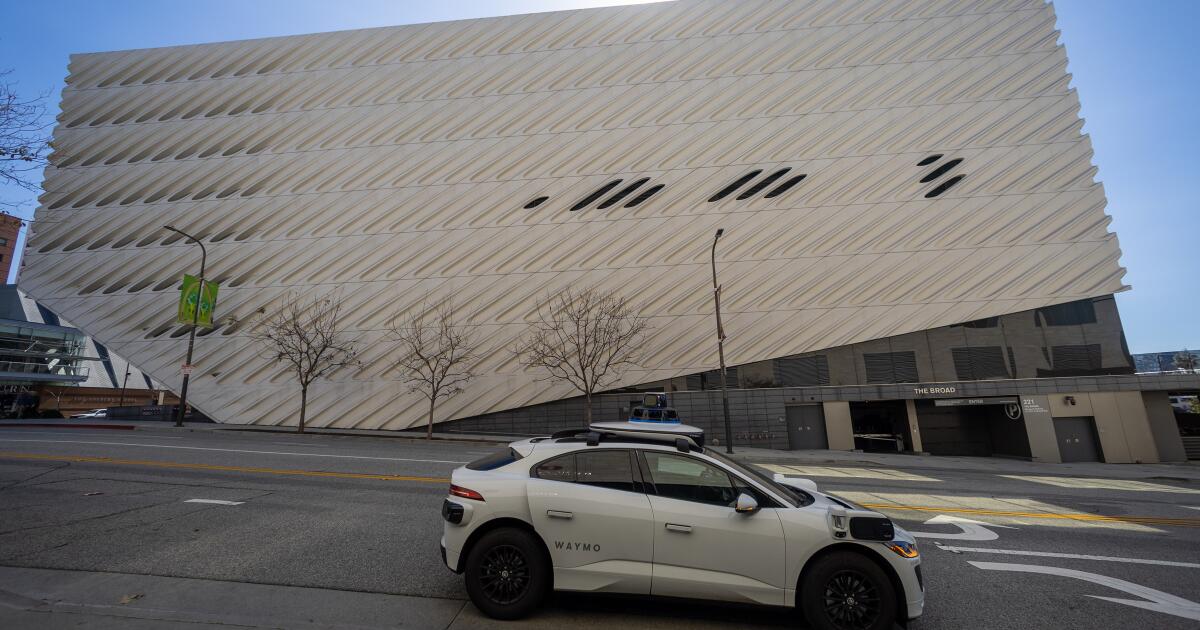
 Business1 week ago
Business1 week agoDriverless disruption: Tech titans gird for robotaxi wars with new factory and territories
-

 Business1 week ago
Business1 week agoProtesters are chasing federal agents out of L.A. County hotels: ‘A small victory’
-

 Technology1 week ago
Technology1 week agoSpaceX Starship explodes again, this time on the ground
-

 Technology1 week ago
Technology1 week agoMeta held talks to buy Thinking Machines, Perplexity, and Safe Superintelligence
-

 Technology6 days ago
Technology6 days agoSamsung’s Galaxy Watch 7 has returned to its lowest-ever price
-

 News1 week ago
News1 week agoVideo: Inside Trump’s Shifting Stance on Iran
-

 Movie Reviews1 week ago
Movie Reviews1 week ago‘8 Vasantalu’ movie review: Phanindra Narsetti’s romance drama is ambitious but lacks soul













